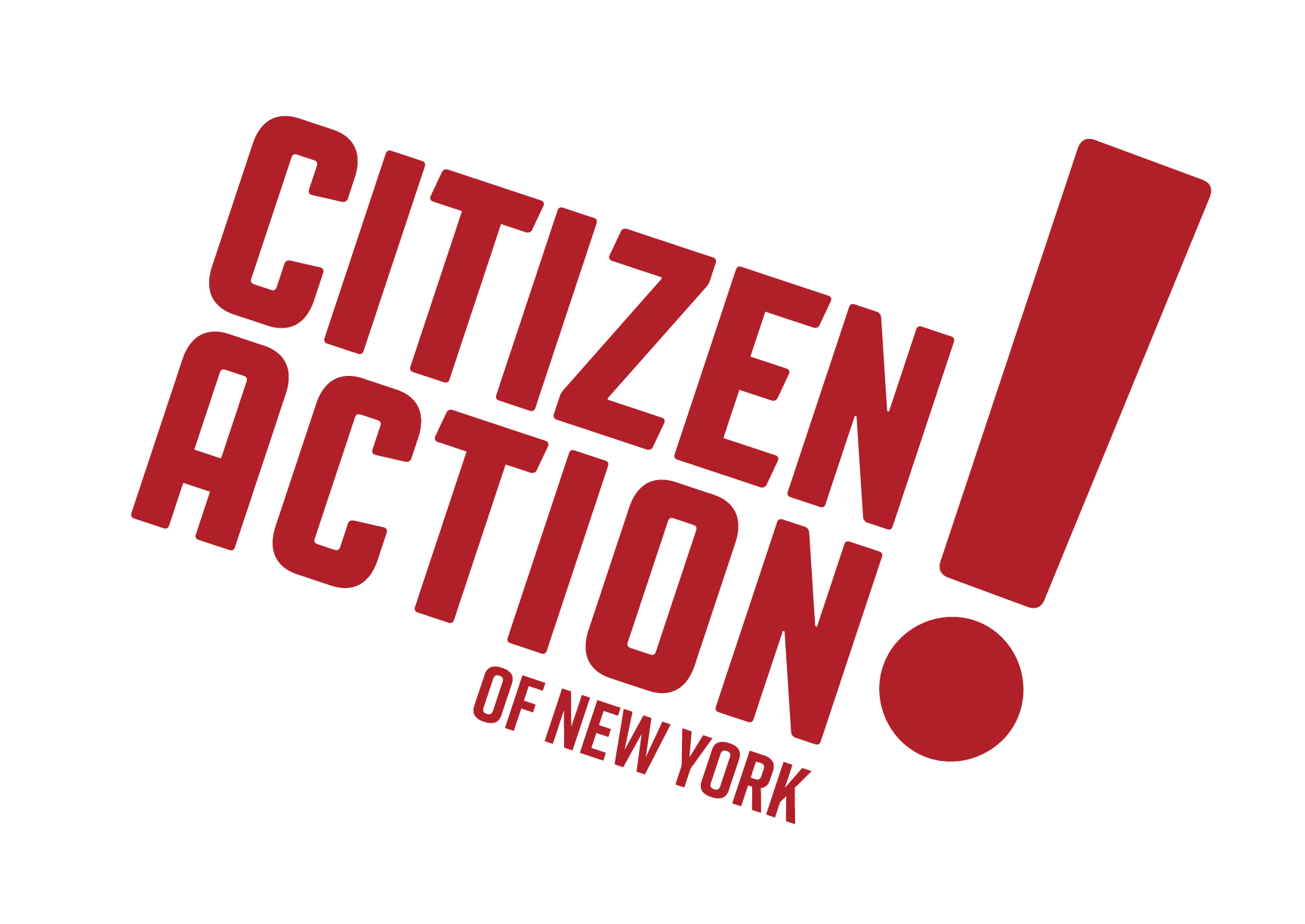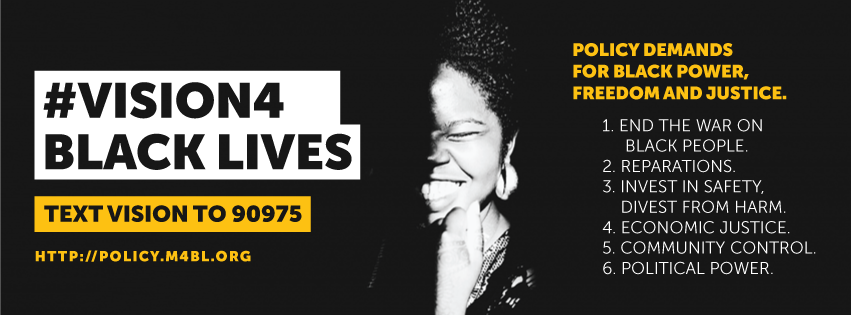Days after the Democratic and Republican parties celebrated the coronation of their candidates, The Movement for Black Lives released their policy platform. This 22-page manifesto outlined their vision for our country along with public policy proposals to support it. If you’ve ever heard criticism of the Black Lives Matter movement for not being clear about what they want or stand for, this platform has made clear the Movement’s demands and suggested solutions. While there was a strong emphasis on criminal justice and police reform, the platform covers everything from economic inequality to environmental justice. Organizations like Citizen Action can use this document to make sure our work is part of the fight for racial justice.
I should explain. Until every single one of us is free, no one is free. For all of our sisters and brothers to be free, we will need to build a movement that is ready and willing to fight for every single one of us. The Vision for Black Lives platform outlines multiple goals and creates several spaces where we can be effective in gaining tangible victories. The following are two spaces in which we can and should stand with the Movement for Black Lives:
Campaign Finance Reform:
According to a report done by the Brennan Center, since the Supreme Courts’ decision on Citizens United, outside spending on senate elections and political campaigns have more than doubled since the year 2010, reaching a whopping $468 million in 2014. Corporate elites and “activist hedgefunders” have used the new “freedom of speech” for their businesses to have gross impacts on the political process. In the case of communities of color, the impacts have been devastating. The private prison industry has been one of the biggest bad actors in using money to influence politics. According to the Washington Post, “the two largest for-profit prison companies in the United States – GEO and Corrections Corporation of America – and their associates have funneled more than $10 million to candidates since 1989 and have spent nearly $25 million on lobbying efforts.” They’re not spending this kind of money for their health. Private prisons house nearly half of the imprisoned immigration population in our country, and in two-thirds of the states they’re in the prisons have mandatory occupancy rates for the state.
Even though America only makes up around 5% of the world’s population, we have 25% of the people in prison. We are literally the Michael Jordan of putting people in jail, and when it comes to locking up people of color, we have no equal. By continuing our efforts around campaign finance reform, while linking it to the ways that the super wealthy have used money to hurt communities of color, we can continue our fight for fair elections while engaging our allies.
Climate/Environmental Justice:
The progressive movement has long been ahead of the game on issues related to climate change. But until recently and depending on who you ask, the “Climate Justice Movement” has been a upper middle class, highly educated and white collective. The demographic of climate activist does not fit the actual profile of people who are most affected by the impacts of climate change. According to a study done by Environmental Research Letters,
“The biggest polluters in the U.S.– factories, warehouse and other facilities using toxic substances — are overwhelmingly located in poor, non-white neighborhoods.”
The Flint Water crisis is just the most recent example of environmental racism. The problem started in 2014 when, in an effort to save money, the Governor approved a plan that allowed the City of Flint to switch it’s water supplier. Within weeks of the switch, residents began to complain about discolored water and a strange odor. Despite constant complaints, officials denied that there was anything wrong. This went on until an independent report confirmed that the resident’s water had in fact been contaminated. Flint is just one example of the ways in which people of color have been mistreated and victimized through environmental racism.
The movement to fight environmental racism looks and feels nothing like the environmental movement we have grown used to. We’re not fighting to save the trees or looking to protect the beauty of nature. In this fight, we are going head to head with the establishment to push back on policies that are literally killing people.
Where do we go from here:
Our sisters and brothers in the Movement for Black Lives did the hard part. They created an impressive document that outlines their vision for the world. Now its up to us to take on these issue campaigns, put racism front and center, and keep working every day. If we choose to shy away from this challenge, we will undermine our own battles for economic, social, and environmental justice. If we build powerful coalitions in support of racial justice, we all will win.

